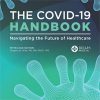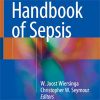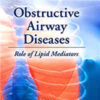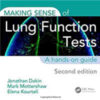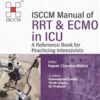COVID-19: How to Quantify and Interpret Treatment Effects in Comparative Clinical Studies
acpjournals.orgClinical trials of treatments for coronavirus disease 2019 (COVID-19) draw intense public attention. More than ever, valid, transparent, and intuitive summaries of the treatment effects, including efficacy and harm, are needed.
In recently published and ongoing randomized comparative trials evaluating treatments for COVID-19, time to a positive outcome, such as recovery or improvement, has repeatedly been used as either the primary or key secondary end point. Because patients may die before recovery or improvement, data analysis of this endpoint faces a competing risk problem.
Commonly used survival analysis techniques, such as the Kaplan–Meier method, often are not appropriate for such situations. Moreover, almost all trials have quantified treatment effects by using the hazard ratio, which is difficult to interpret for a positive event, especially in the presence of competing risks.
Using 2 recent trials evaluating treatments (remdesivir and convalescent plasma) for COVID-19 as examples, a valid, well-established yet underused procedure is presented for estimating the cumulative recovery or improvement rate curve across the study period.


